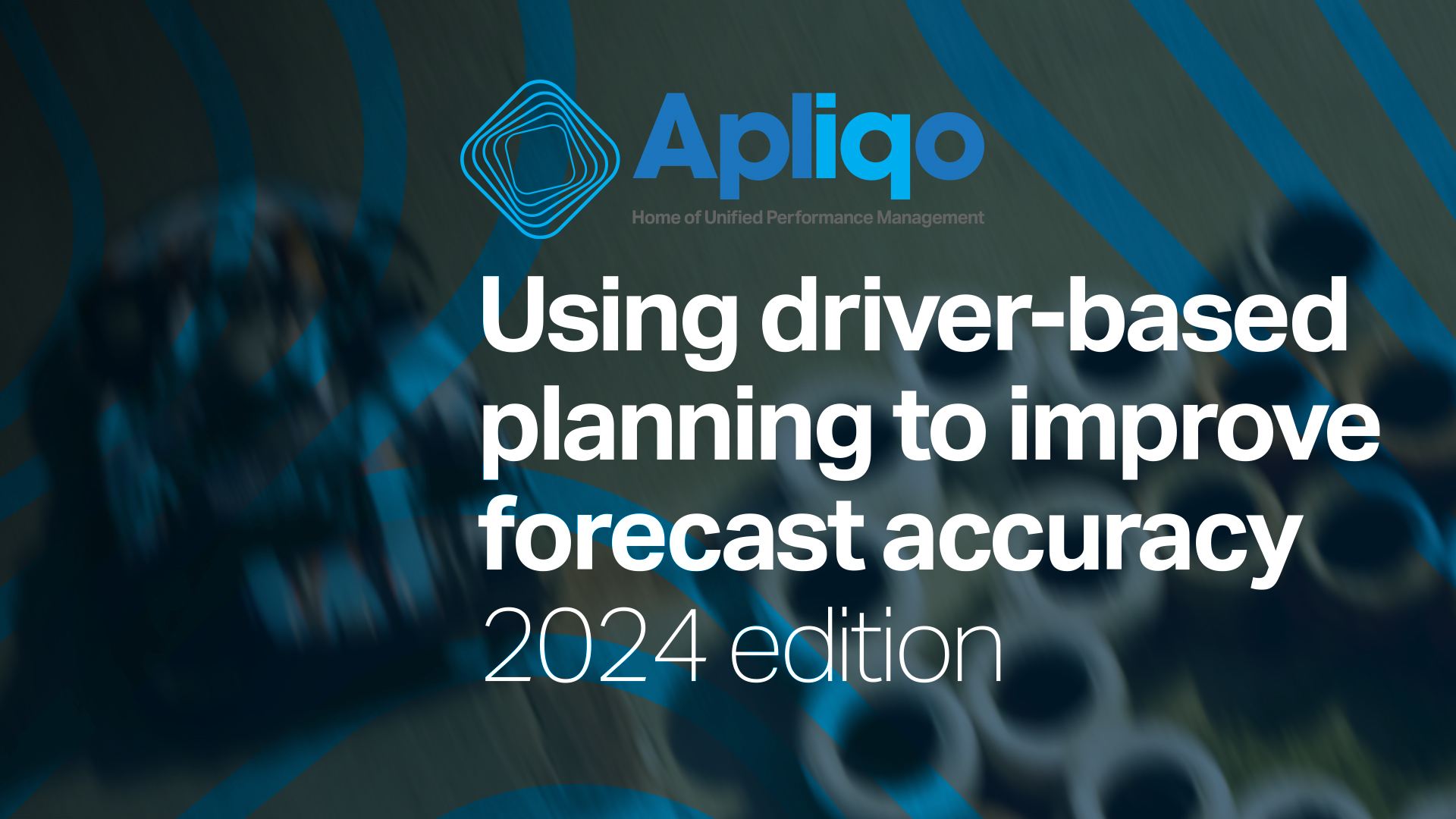“Uncertainty is the only certainty there is, and knowing how to live with insecurity is the only security.” – John Allen Paulos
2020 was a challenging year in many aspects. For businesses, it was the year that drove home John Allen Paullos’ famous quote and reaffirmed the importance of the role of the CFO.
As FP&A professionals, we’re charged with helping our organizations best prepare for the uncertainty ahead. While there’s no crystal ball that lets us predict the future, the right kind of planning can help us adapt to new situations, make smarter business decisions, and stay afloat when times get tough.
Ironically, however, many of the planning methods that finance departments rely on are anchored in old data, past trends, and assumptions.
In fact, if there’s one thing wrong with the traditional planning methods many of us were spoon-fed during our formative years, it’s that they’re built on the assumption that the future will look just like the past.
In today’s unsettling business environment, making that kind of assumption and running the same old historical finance drills based on static, outdated data could run your business into the ground.
As a fellow CFO and FP&A executive, your goal should be to provide real value to your organization, helping higher management spot important business opportunities or hurdles early, and guiding their decision-making.
To do that, you need to step away from the legacy planning methods you were taught in the classroom and adopt more agile forecasting models like Scenario Analysis.
How To: Implementing Scenario Analysis For Beginners
In light of COVID-19, businesses face a number of unique challenges, including fluctuations in market demand, product supply, currency shifts, and even government restrictions on their operations.
In light of these obstacles, you and your finance team can leverage scenario planning to provide a solid foundation for smarter decision-making.
Unlike traditional static forecasts, scenario planning helps us identify the key drivers of our business and visualize how different future scenarios would impact those key variables. Rather than leaving us hoping that the future will just be a repeat of the past, scenario analysis encourages us to think about possible future situations and their implications for our organization.
But how exactly should you go about adopting scenario analysis into your planning efforts?
Based on my experience, I always recommend you start by clearly identifying your business’ key drivers. Be critical and hone in on the KPIs and values that really affect your company’s performance, define their variability, and build a unified financial model around these changes to paint a clear picture of their cause-effect relationship.
Next, you can start brainstorming different scenarios in which you examine how multiple variances on these KPIs impact your financial model and affect your companies overall performance. If you’ve never run scenario analysis before, it can help to focus on three different scenarios; a base case (or most-likely scenario), worst, and best-case scenario.
I often like to run these scenarios past other company stakeholders to get their input regarding the variability of KPIs and their impact on the overall scenario. I then recommend running a more sensitive analysis, focusing on individual KPIs and understanding their impact on individual scenarios.
Once you’ve got a detailed understanding of these different scenarios and the impact they’d have on your business, it’s time to meet with your team and devise a clear Action Plan for each situation.
Here, it’s vital you clearly identify a trigger event that marks that a particular scenario is about to take a place. Your action plan also needs to outline exactly what actions your company should take before, after, and at the time of this trigger event.
Pitfalls To Avoid
Unfortunately, scenario planning often sounds a lot simpler than it is. Based on my experience, companies often face a myriad of challenges when trying to adopt this planning method.
One of the main challenges of scenario analysis has to do with properly managing detail. A lack of detail can lead you to underestimate the impact a particular scenario has on your company’s performance. Too much detail, on the other hand, can make it impossible to see the analysis through to the end. Finding the right level of detail for your scenario planning will come down to properly identifying the effect of certain KPIs on your business.
I also find many company’s scenario plans focus only on their P&L statements. Focusing simply on a scenario’s affect on your company’s profit and loss leaves out many other key factors, most notably cash flow (which is vital for a company to be able to stay in business).
Relying heavily on Excel can also be a major pitfall, making it hard to spot material errors in your planning which later affect your decision-making. Heavily relying on Excel will also limit your ability to run in-depth sensitivity analysis on more granular data, thus potentially paving the way for misguided decisions about specific scenarios.
As you can imagine, covering all the in’s and out’s of detailed scenario analysis is impossible in a single LinkedIn post. If you and your finance team are serious about moving beyond the legacy planning methods you were introduced to in your formal business training so you can start driving real value for your company, make sure to sign-up to Apliqo’s Masterclass episode, Scenario Planning and adapting to uncertainty.
Hosted by Jack Alexander and Martin Winkler, the Masterclass will feature a deep-dive into scenario planning and its role in helping CFOs best prepare their companies for the uncertain future.







